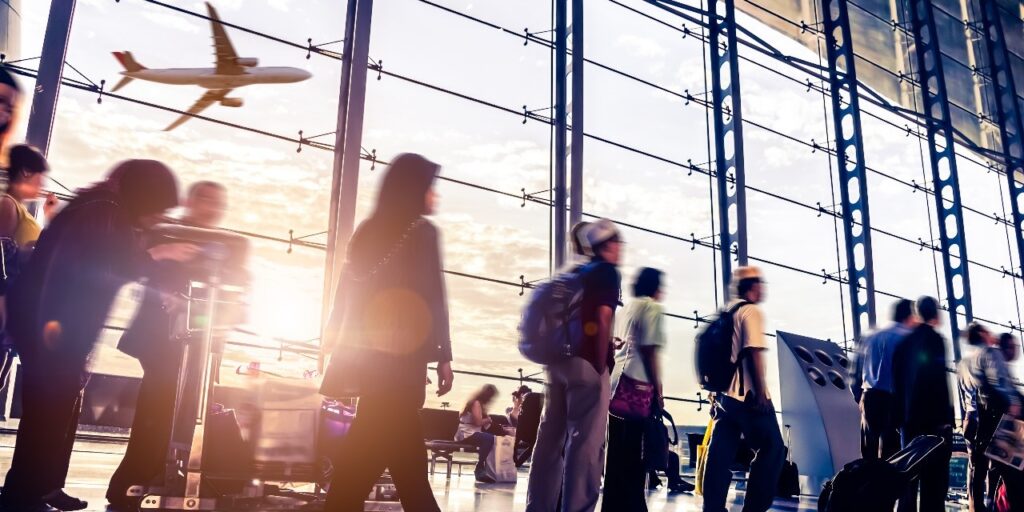IATA has warned that a global reduction in airport capacity is threatening people’s freedom to travel and straining economies.
With little prospect of growing demand for airport infrastructure, IATA has published a White Paper suggesting how airports should be encouraged to build more capacity from existing infrastructure.
The number of airports unable to fully meet air traffic demand and requiring slot coordination using the IATA Worldwide Airport Slot Guidelines has increased to around 400 worldwide.
If current trends prevail, this number could increase by 25% over the next decade, IATA said.
An example of the severe consequences of this growing problem is evident in Europe, where Airports Council International (ACI) Europe expects that airport infrastructure will not be able to meet up to 12% of demand by 2050.
With large-scale airport developments, especially new runways, unlikely to be built due to political constraints, this will further undermine Europe’s competitiveness, which, as The drag report concluded, it is already significantly underperforming.
IATA believes that airports should implement best practices to maximize capacity from existing infrastructure.
“The only remedy against insufficient capacity is construction. But while large-scale efforts, such as building new runways or terminals, remain politically out of reach in many parts of the world, we must squeeze every last unit of capacity out of the infrastructure we have. Some airports set strong benchmarks to maximize capacity, but many do not to the global guide to guidelines,” it said. Nick CarreyIATA SVP for Operations, Safety and Security.
IATA’s newly published White Paper on Airport Blocks calls for stronger commitments from airports to maximize capacity.
“Under the slot regulations, airlines are required to use their allocated slots efficiently or face penalties for canceling flights or not operating on schedule. But airports are not penalized if they fail to deliver the promised capacity. They have little pressure to meet global efficiency standards.”
“Furthermore, there is often not enough transparency for the capacity declarations they make. This needs a serious rebalancing so that airports and airlines alike are committed to maximizing the potential social and economic value of airport capacity,” Karin said.
In particular, IATA is calling for changes to slot regulations that would allow airports to be held accountable if they do not do enough to create more capacity, including:
- Require airports to regularly review their capacity declarations and undertake a meaningful capacity consultation process to ensure greater transparency and identify where potential capacity growth is being overlooked.
- Commitments to improve and increase capacity where possible against global best practices.
- Consequences if declared capacity is not delivered as promised.
“Current airport location regulations have helped create a global air transport network that provides ever-increasing connectivity, consumer choice and cheaper fares. For the slot system to continue to grow, we need performance.” obligations at airports. Stronger regulation is needed to close the huge gap between the best and the mediocre airports. It will provide better service to more affordable passengers and bring more benefits to the world,” Karin concluded.
